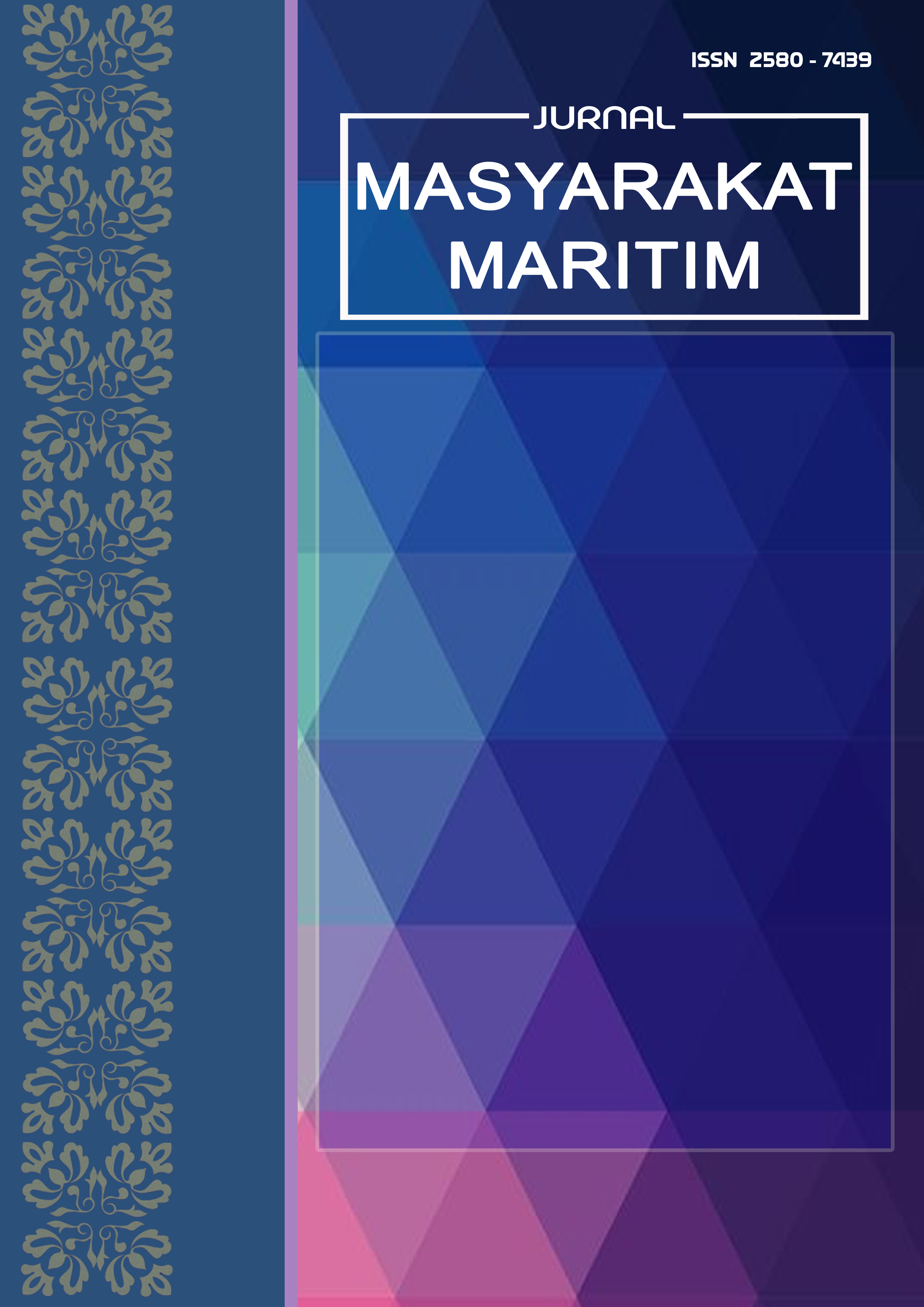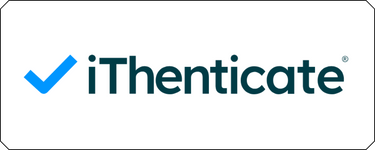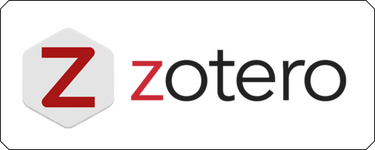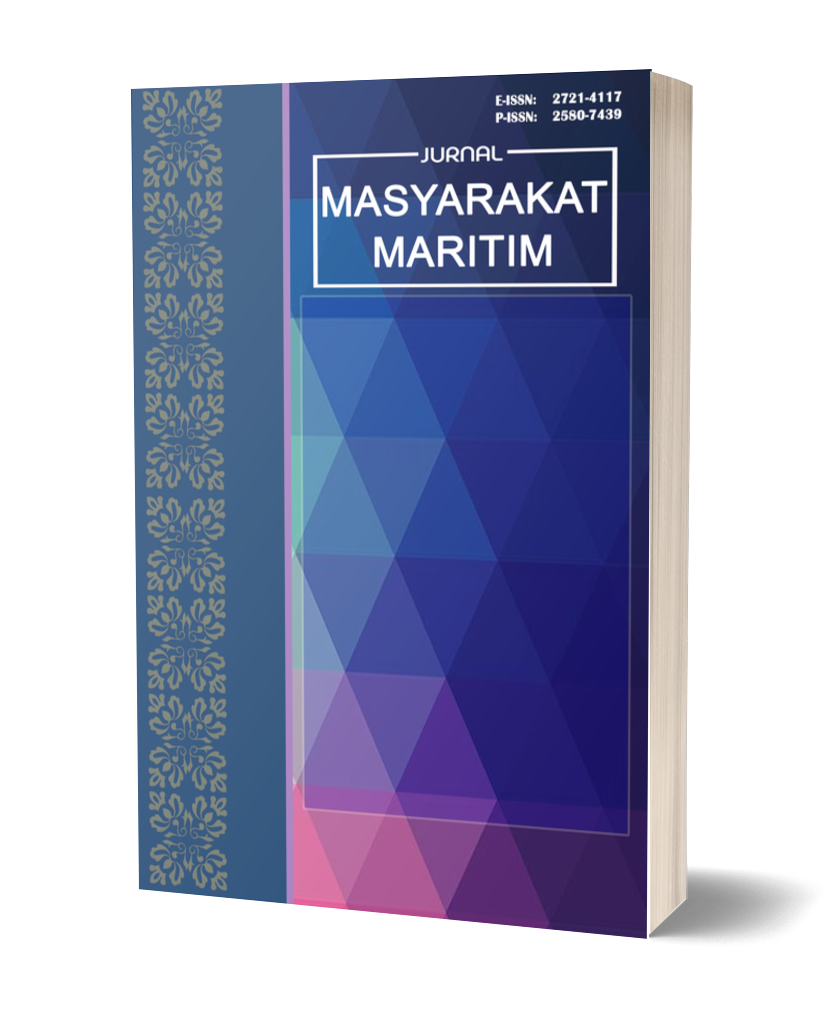Models of Traditional Fishing in Teluk Sepang: A Study from the Perspective of Rational Action Analysis
DOI:
https://doi.org/10.31629/y0msyc18Keywords:
Perubahan pola, Model tangkap, Pencemaran laut, Nelayan tradisional, Tindakan rasionalAbstract
This study analyzes the changing patterns and models of traditional fishing in Teluk Sepang through the lens of rational action theory. The research aims to understand how fishermen make strategic and calculated decisions in adapting to ecological, economic, and technological transformations that affect their livelihoods. Using a qualitative descriptive approach, data were collected through in-depth interviews, field observations, and documentation involving local fishermen and community leaders. The findings indicate that shifts in fishing methods, gear selection, and time allocation reflect rational responses to limited resources, fluctuating fish stocks, and rising operational costs. Fishermen tend to adjust their fishing patterns according to weather conditions, market demand, and fuel availability to maximize benefits and minimize risks. The introduction of modern fishing tools and collaborative group systems also signifies a transformation from traditional subsistence orientation toward semi-commercial operations. From a sociological perspective, rational action is not only economically motivated but also socially embedded shaped by cultural norms, local wisdom, and collective decision-making practices. Social networks, cooperation, and shared experiences remain crucial in reducing uncertainty and sustaining economic security. The study concludes that traditional fishermen in Teluk Sepang demonstrate adaptive rationality, balancing economic pragmatism with social values and environmental awareness. Strengthening institutional support, promoting technological literacy, and integrating local participation into fisheries management are essential to enhance sustainability and resilience in traditional fishing communities.
Downloads
Published
Issue
Section
License
Copyright (c) 2025 Rohmah Nur Hayati (Author)

This work is licensed under a Creative Commons Attribution-ShareAlike 4.0 International License.














